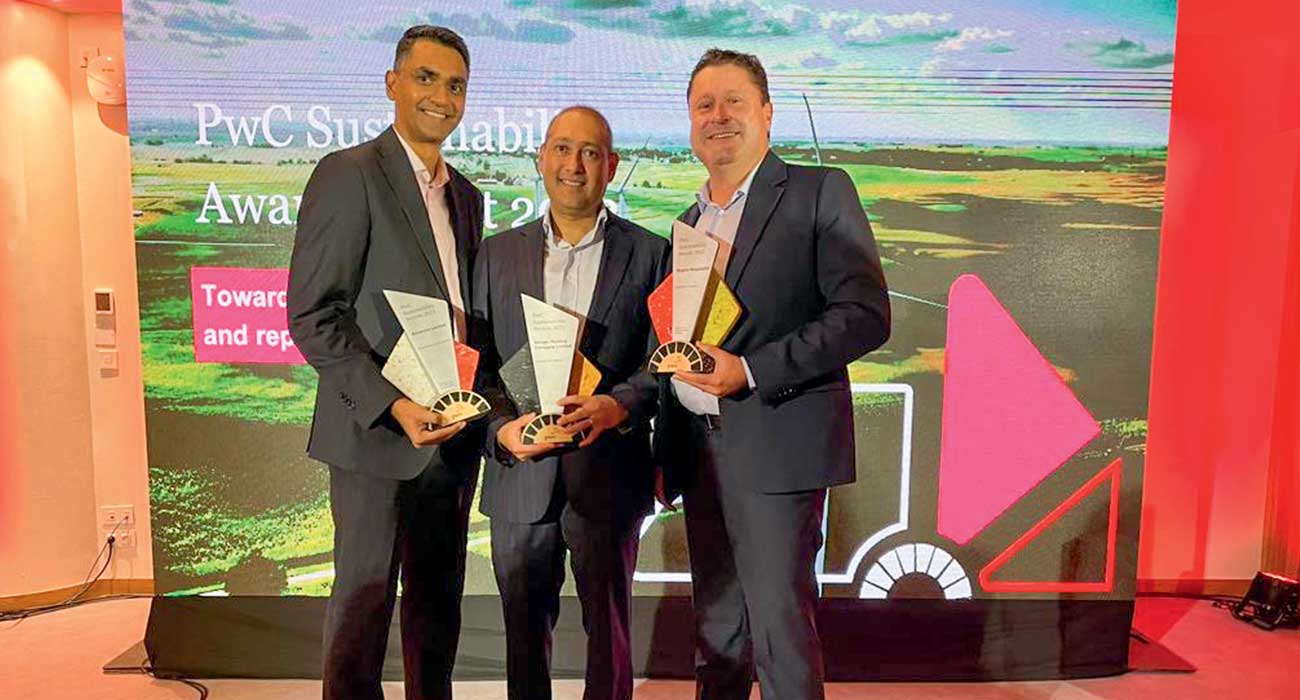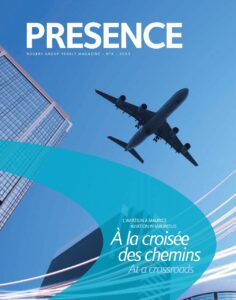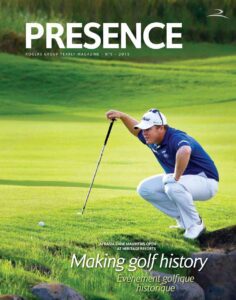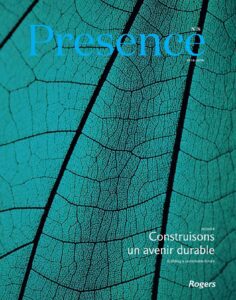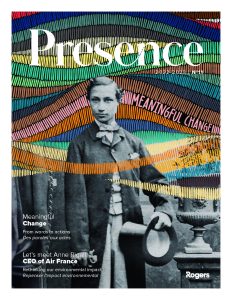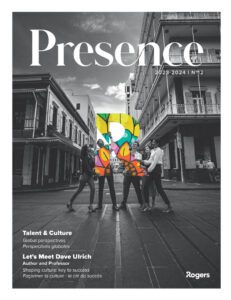Dave Ulrich,
Professor and Author, University of Michigan
Ranked by Fast Company as one of the world’s top 10 creative people in business, Dave Ulrich, is considered as one of the top HR gurus and influential leaders in HR globally. He shares his views on organisational culture with Presence.
How would you define organisational culture, and why is it important?
The study of culture is not new. In a classic book, anthropologists A. L. Kroeber and Clyde Kluckhohn identified 164 definitions of culture... in 1952! The study of organisational culture has also received enormous attention with the classic maxim: “Culture eats strategy for
breakfast.” Although Peter Drucker did not actually say it, he and many others have clearly supported this notion, with many books (over 100!) in recent years entitled “Culture (...fill in the blank)”: code, wins, decoded, is king, map, question… and so forth. As companies embark in change efforts, they should be clear about four overlapping concepts—purpose, values, brand,
and culture. These four concepts come together, starting with purpose and leading to values inside and brand outside. The right culture then bridges internal values and external firm brand.
Research shows that corporate directors, financial auditors, and business executives at Davos
believe that “culture” matters and is an increasing challenge in today’s organisations, particularly with hybrid work when people may not be face-to-face.
Everyone readily accepts that organisational “culture” exists and has impact. Toxic cultures have dysfunctions of hostility, mistrust, selfishness, scarcity thinking, and insensitive leaders who lower productivity, employee retention, strategic reinvention, investor confidence, and customer satisfaction. Abundant cultures have the opposite positive effects. Creating the right culture will enable organisations to flourish and win in the marketplace.
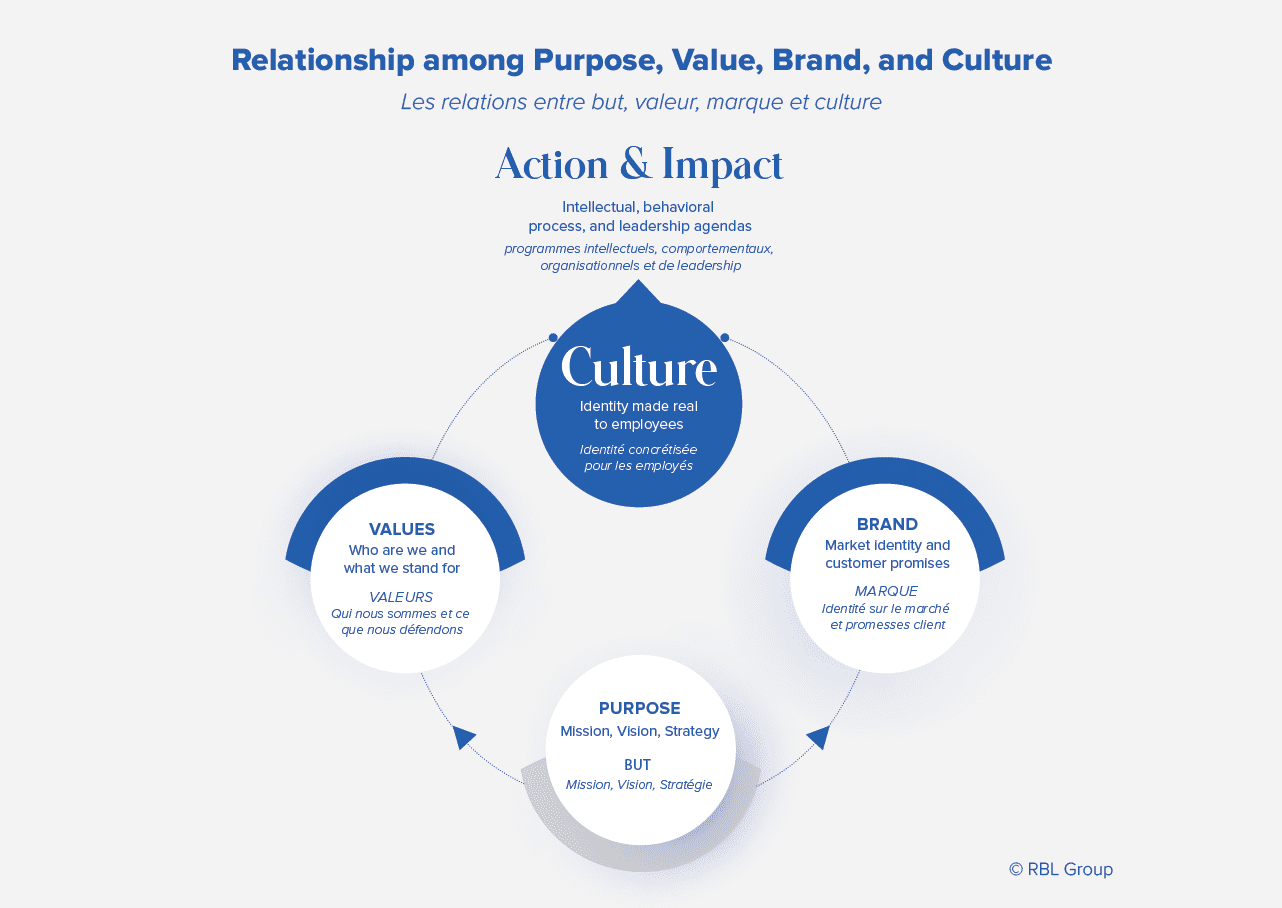
How has corporate culture evolved, and what do you believe are the most significant factors driving these changes?
As noted, “culture” has many definitions.
Let me suggest three historical waves of looking at
organisation culture and an emerging fourth wave.
#1. Culture as values and behaviours.
Individuals and organisations have values that shape
behaviour. These values can be identified as an
organisation’s culture, and the behaviours may be
tracked to determine the cultural type.
#2. Culture as systems or climate.
A company culture shows up in how information,
decisions, accountability, etc. are managed.
These systems determine the climate of
an organisation.
#3. Culture as patterns or norms.
Anyone entering a company recognises that unspoken
rules or expectations of how work is done. These patterns
become accepted ways of working. These three waves
focus on what happens inside an organisation. They are
the “roots” of the tree. They thrive when employees are
together to share values, work processes, and experience
common norms.
#4. Culture as identity in the marketplace.
An emerging view of culture is to ensure that it is the
“right” culture, which means that the culture inside an
organisation creates value for stakeholders outside.
In this outside-in view, culture is about the value of the
values to a customer or investor and the extent to which
internal systems and norms increase customer share,
investor confidence, or community reputation. It is less
about the underlying roots of a tree and more about its
leaves, which metaphorically change in different seasons.
How can leaders and all employees collectively shape and uphold the ‘desired’ company culture?
I have been involved with numerous
culture change transformations.
More often than not, they start with
laudatory rhetoric but then fizzle with
few sustainable changes. When we
have seen culture transformation
succeed, it starts with the business
case for culture (why culture matters),
then uses the outside-in definition
of culture (what culture means),
then gets implemented in five steps:
Step 1: Define the desired culture.
Ask internal leaders and external
customers what your organisation
should be “known for” to be
effective. This identity becomes
synonymous with the desired brand
that encourages customers to buy
and investors to invest. Work to
create a high unity on the answer to
this question.
Step 2: Build an intellectual,
top-down agenda.
The desired culture needs to be
communicated over and over again.
Simple and redundant messages
shape an intellectual agenda of what
it should be.
Step 3: Encourage a behavioural,
bottom-up agenda.
Cultural ideas and messages flow
down—behaviours and actions flow
up. Ask employee groups what they
can do more of or less of to make the
desired culture real in their
day-to-day activities.
Step 4: Design and deliver a
process, side-to-side agenda.
Culture gets woven into the
organisation process around people,
strategic decision-making, resource
allocation, and other governance
choices. The organisation processes
should reinforce the desired culture.
Step 5: Create a leadership brand.
Employees often do what leaders
model, and when leaders think
and act consistent with customer
expectations, their work reinforces
the desired culture.
These five steps are not a perfect
script for the culture change agenda,
but they suggest a simple (not
simplistic) playbook to approach
culture change that creates value
for customers and turns cultural
aspirations into daily actions.
How can businesses assess the impact of their culture on their performance and success?
There are surveys to test values
as culture. I like to do the following
exercise to determine cultural unity.
Ask senior leaders: “what are the top
three things we want to be known for
by our best customers in the future?”
In one company with 12 members of
the leadership team, there were 36
answers. When they were clustered
into common answers, the top three
clusters of response had 20 of the
36 answers, or about a 55% unity.
The other 16 answers were positive
images of what the organisation
could be known for, but not exactly
the same. The team then discussed
what they wanted their identity to be.
After a few hours, they were able to
say with some unity and confidence
the top 3 things they wanted their
organisation to be known for by their
best customers. This is a statement
of firm identity as experienced by
customers; but also of the culture as
experienced by employees.
In the last 15 years, I have facilitated
hundreds of these exercises.
My rule of thumb is that the senior
team should have about an 80%
consensus on that question. Seeing
the culture through the eyes of the
customer defines culture as a critical
business agenda that delivers value.
It unifies the team to a common
agenda of what matters most.
How will factors like remote work, technological advancements and diversity shape future corporate culture, and what should companies do to adapt and stay ahead of the curve?
Traditionally, people go “to work”,
are “at work”, and return “from work.”
With this mindset, work has a
physical space and place boundary.
The virtual work from COVID and
technology may evolve this definition
of work. While many have focused
on the administrative requirements
of working at home (e.g., find a
dedicated space, use technology,
dress for work, etc.), the lingering
insight is not where work is done,
but what work is done. Instead of
asking “where are you working?”
leaders may ask, “how does your
work create value for our customers?”
The emerging boundaries for
work may focus less on space and
place and more on creating value
for key stakeholders. Creating
value for customers, investors, and
communities outside the organisation
can be done anywhere, in an office,
at home, on an airplane, in a hotel,
etc. The value of creating value for
customers may become the focus of
work. For example, it is not enough
to have a culture based on values;
the “right” culture means that the
values inside a company create
value for customers and investors
outside. With a value boundary
defining work, employee actions are
not tied to a place, but value created
for customers.





